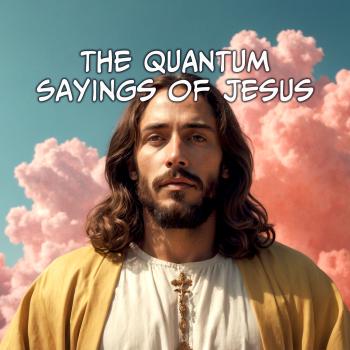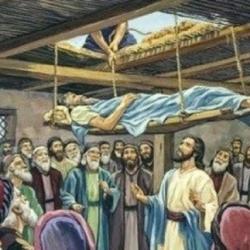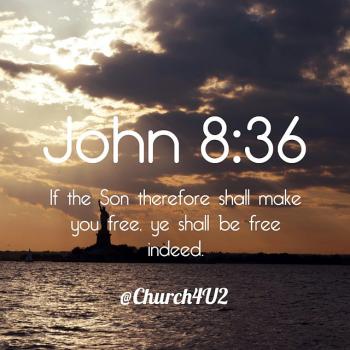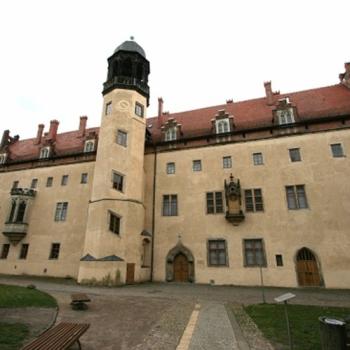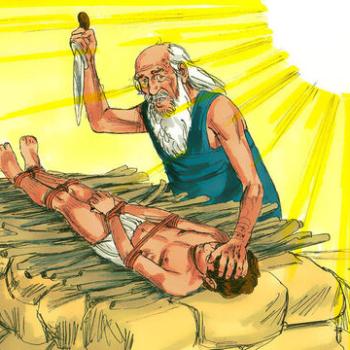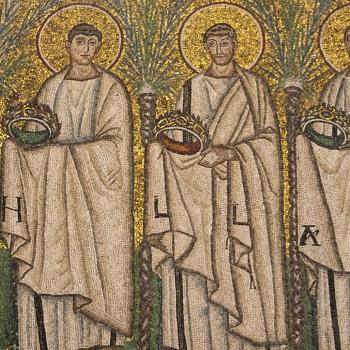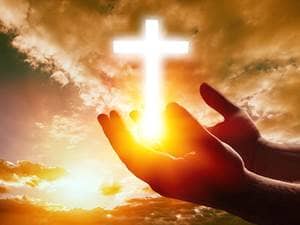
Pentecost—also known as “Whitsunday,” “White Sunday” or “Trinity Sunday”—is a Christian holiday that commemorates the outpouring of the Holy Spirit on the apostles and followers of Jesus (shortly after Christ’s ascension), as described in Acts chapter 2.
The holiday falls on the seventh Sunday after Easter, which is roughly fifty days after the commemoration of that most important of Christian holy days. Hence the name “Pentecost”—which comes from the Greek word πεντηκοστή, meaning quite literally “fiftieth” or the fiftieth day. Unlike Christmas, which is a “set date” holiday (always falling on the 25th of December), Pentecost’s commemoration is determined by the date of Easter and, since Easter falls on a different date each year, Pentecost is a “movable” Solemnity (Roman Catholic), Great Feast (Eastern Orthodox), Principal Feast (Anglicanism) or Festival (Lutheranism).
The day after Pentecost is known as “Whit Monday,” “White Monday,” or “Pentecost Monday” (in Roman Catholicism), and “Monday of the Holy Spirit” or “Day of the Holy Spirit” (in Eastern Orthodoxy) because it is actually the fiftieth day after Easter, and the day on which the actual outpouring of the Holy Spirit is said to have taken place.
Some mistakenly assume that the Jewish holiday of Shavuot (or the “Feast of Weeks”—Shavuot being the Hebrew word for “weeks”) is the very same holiday as Christian Pentecost. This misconception stems from the fact that Shavuot is sometimes called “Pentecost,” and because the outpouring of the Holy Spirit (as described in Acts chapter 2) is said to have taken place during the commemoration of the Jewish holiday of Shavuot. Though the two religious holidays are commemorated around the same time each year, Shavuot comes fifty days after the first day of Passover, whereas the Christian Pentecost is commemorated seven Sundays (or forty-nine days) after Easter. Also, the two holidays largely focus on different events. The Jewish Pentecost was originally a harvest festival, or festival of “first fruits,” and was to be commemorated at the end of the Omer (or seven weeks after the first grain harvest). On this holiday, Jews have traditionally commemorated several things, including God’s graciousness to His people by providing for their needs, the giving of the Law through Moses on Sinai, the renewal of God’s covenant with Noah (Genesis 9:8-17), and even King David’s birthday. For Christians, on the other hand, the primary focus of Pentecost is the spiritual outpouring described in Acts 2, including the “mighty rushing wind” (2:2), the ‘tongues of fire” or “giving of utterance” by the Spirit so that those present could speak “other tongues” (2:3 & 4), and the “filling” of those present with the Holy Spirit (2:4).
One important parallel between the Jewish Pentecost (Shavuot) and the Christian Pentecost is the revelatory outpouring associated with both. Jews and Christians believe that Moses received a spiritual communication from God (on Sinai) on this occasion, resulting in the giving of the Ten Commandments (and other parts of the Law); and Christians believe that the Apostles and other followers of Christ received an important spiritual communication from God during the commemoration of that same holiday, after Jesus’ ascension.
For many Christians, the events of the original day of Pentecost came as a fulfillment of the promises made by John the Baptist and Jesus: “John answered them all, [saying,] ‘I baptize you with water. But one more powerful than I will come, the thongs of whose sandals I am not worthy to untie. He will baptize you with the Holy Spirit and with fire.’” (Luke 3:16) “And [Jesus said,] I will ask the Father, and he will give you another Advocate, to be with you forever. This is the Spirit of truth, whom the world cannot receive, because it neither sees him nor knows him. You know him, because he abides with you, and he will be in you.” (John 14:16-17) These to prophetic predictions are believed by many to have been fulfilled on the day of Pentecost when the “baptism of fire” was experienced by so many.
In many Western denominations, the color red is prominently displayed on Pentecost, in altar cloths, vestments, etc., as a symbol of the “fire” of the Holy Spirit which descended on many believers that day, and as a reminder of the consequent joy and spiritual gifts available to the Church because of that post-ascension spiritual outpouring. Other related symbols are also common, such as doves or flames. For the Eastern Orthodox tradition, Pentecost is the second most important “Great Feast”—second only to Easter Sunday. Whereas Western traditions often use red as their liturgical color (for this holiday), the Orthodox usually wear green—as green is the color of “life,” and Pentecost breathed “new life” into the post-ascension Church, and into all (today) who open their hearts to the Holy Spirit. The Eastern Church also commemorates this holiday on three successive days: Trinity Sunday, Monday of the Holy Spirit, and Third day of the Trinity Tuesday.
In the Middle Ages, some churches even included as part of their architecture a feature that was a permanent symbolic reminder of the events of the day of Pentecost. Thus, just as the Holy Spirit was said to have “descended” from heaven upon those present in Jerusalem, some Western European churches and cathedrals built what has come to be known as the “Holy Spirit Hole” in their ceilings. These non-functioning holes reminded those who saw them that they too should seek the Holy Spirit’s influence in their lives, and a prayer might appropriately be offered that it would “descend” upon the believer today, as it did upon believers in the first century.
Many Christian denominations have special hymns sung on Pentecost, and some even introduce brass instruments as part of their liturgical services, to accompany the singing. This symbolizes the sound of the “rushing mighty wind” (Acts 2:2) that many heard on that original day of Pentecost.
In addition to the various practices mentioned above, the day of Pentecost is commonly a time of devotional prayers (e.g., novenas), of fasting, the baptizing of converts, the confirming of those who have come of age (and have accepted Christ), of retreats, ordinations, and a time that many low-church Protestant denominations offer The Sacrament of the Lord’s Supper or Holy Communion.
Interestingly, Pentecostalism gets its name from this holiday, as that denomination of Protestantism often has manifestations of the “gift of tongues,” which they believe to be the same gift experienced by first-century Christians. For some Pentecostals, therefore, this gift is evidence that their particular denomination is the “true” or “correct” version of Christianity, since it is a tradition that professes to have God’s stamp of approval, through spiritual outpourings like those in the Bible—which evidenced God’s acceptance of the new “Church.”
Perhaps the most important and universal symbol of Pentecost is the focus on God’s Holy Spirit and its need to operate in the lives of the modern Church (as it did in the ancient Church)—and in the individual life of the modern Christian. Just as the spiritual outpouring on that original day of Pentecost was seen as evidence that Christianity was accepted by, and acceptable to, God, the individual Christian today who perceives the Holy Spirit is working in and through his or her life, may also feel accepted by and acceptable to God.
For more on the Christian Pentecost, check out this article: What is Pentecost and Why Does it Matter?
5/26/2023 6:14:43 PM


